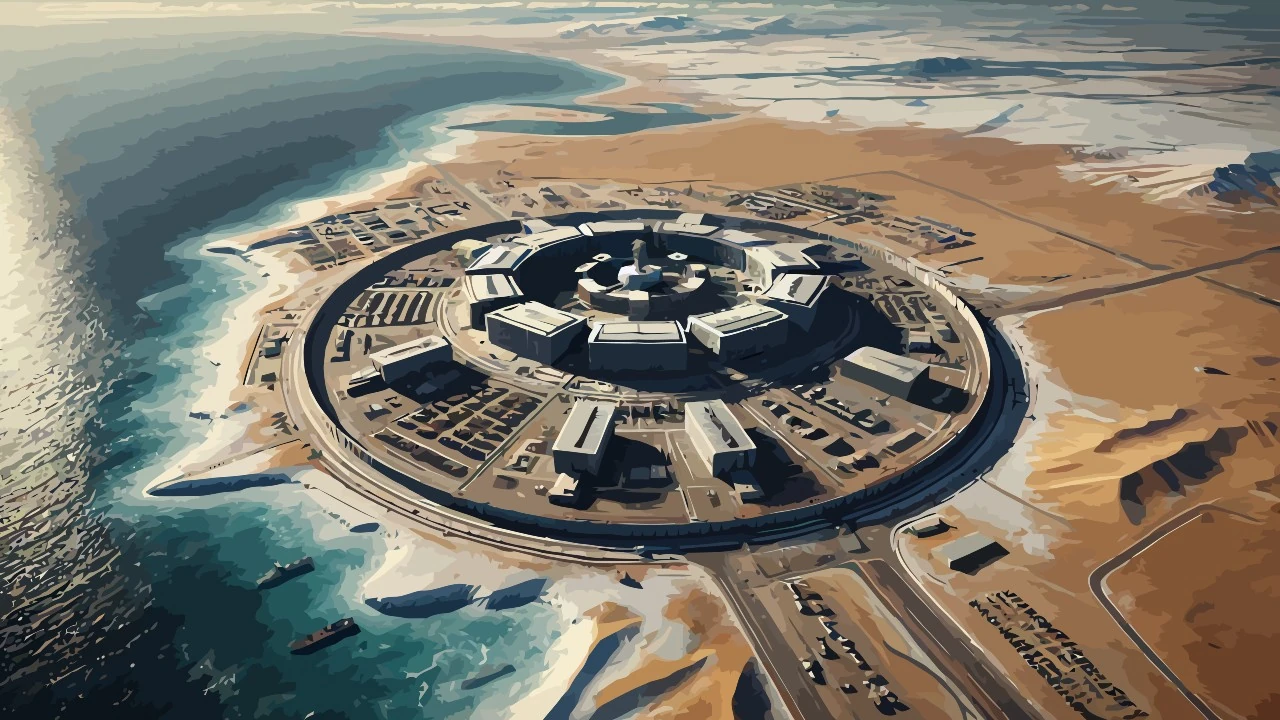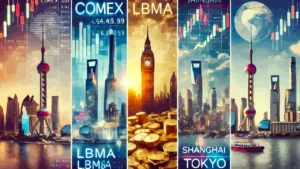After seeing the 1976 film Sherlock Holmes in New York (not a great movie due to its rushed and poorly thought out plot), I decided to revisit an idea I had previously developed.
The element that struck me was the mention of a fictional “International Bureau of Exchange.” The idea is introduced in the film without detailed explanation, but it does hint at an implicit reference to a multilateral system for managing high-value physical assets, such as gold, outside of traditional banking circuits. It seemed so real that I had to do some research to find out otherwise.
This representation, although cinematic, suggests a realistic scenario: in the absence of trust or in compromised geopolitical contexts, the decentralized and physical management of assets can offer advantages that centralized digital systems cannot guarantee. From this starting point, the idea of a real International Bureau of Exchange takes shape: a physical center of exchange and clearing in gold, designed to guarantee transparent, verifiable operations that cannot be influenced by political or digital interference.
A key point is the function of the center: not a bank, nor a custodian, but a free zone where small and medium quantities of gold are exchanged between states or institutions on a consensual basis, in physical presence, with real-time weighing and verification. The gold is not stored permanently, but transits according to agreements. This reduces the local accumulation of value and minimizes the risk of theft.
The model also involves the adoption of shared protocols: common standards for gold quality, conventional units of exchange, and a continuous audit system (certification of reserves). Each operation is documented and cross-checked by third-party observers chosen by an independent supranational body. The absence of armaments and the mandatory presence of passive detection systems guarantee complete traceability of each internal interaction, without resorting to armed personnel.
From a geopolitical perspective, positioning in a remote area allows the operational dynamics to be isolated from local influences. It is possible to envisage the choice of a neutral zone, such as an autonomous ocean platform, a permanently uninhabited island, or a station in polar territory. In all cases, logistics are designed to be costly and symmetrical for each participant, discouraging unilateral actions and making any attempt at violation logistically inefficient.
This type of infrastructure, while theoretical, is not incompatible with current international treaties, and could be configured as a technical institution, similar in structure to the Bank for International Settlements (BIS), but with exclusively physical and operational tasks. In a world where digital networks are vulnerable to disconnections, cyber-attacks or censorship, an analog gold-based clearing hub represents a reserve of continuity.
The element suggested by the film, the regulated exchange between state entities in a neutral context, fits coherently into an alternative and complementary system to the current global financial architecture. The fact that it is introduced in a fiction confirms the evocative power of the idea, but does not diminish its design validity. On the contrary, it suggests that even in narrative scenarios, certain structures present themselves as logical answers to real problems.











Leave a Reply